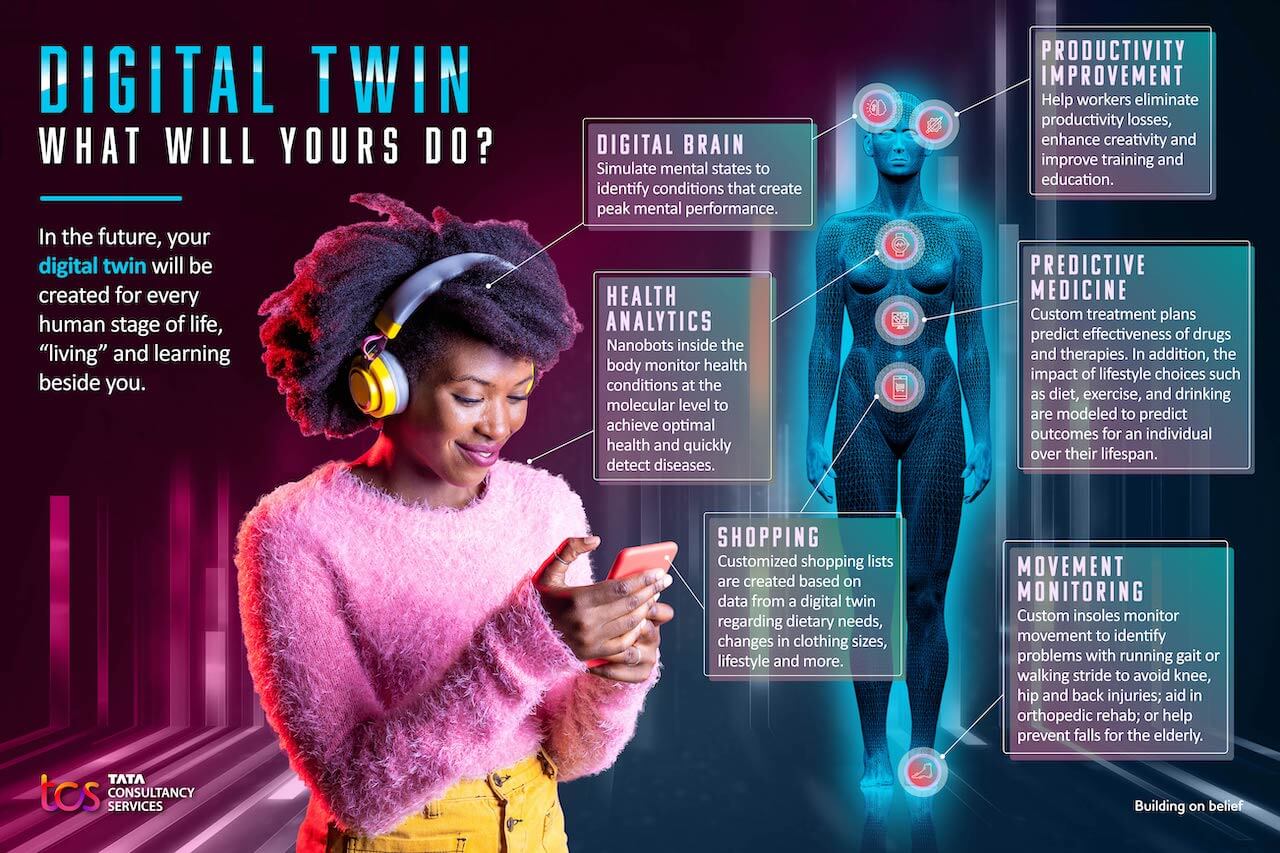
An avatar is an individual’s concrete manifestation
Over the last twenty years or so, the term avatar has become increasingly popular, thanks to video games, the development of numerous films (Avatar, Ready Player One, etc.) and its use in a growing number of websites and mobile applications.
Whatever the medium or format, avatars are never "arbitrary symbolic entities", but always the representation, "albeit distant and virtual, of real human beings, men and women who delegate to them a shred of legitimacy by proxy” [[[Quéau P. (1993). Le virtuel, vertus et vertiges. Champ Vallon: Milieux, 215 p., p. 73.]]]. Whether we call the avatar a "digital double", a "puppet", a "partner", a "clone", an "extension" or even a "character", we are talking about "concrete manifestations", as Anne Cauquelin calls them [[[Cauquelin A. (2010), À l'angle des mondes possibles, Paris : PUF, Quadrige, Essais Débats, 2010.]]].
Thus, people’s on-screen representation in a digital environment, and more specifically in a virtual world, where their avatars can be personalised using dozens or even hundreds of parameters, "is not limited to [the] graphic representation of the avatar on the screen. It is made up of a whole raft of criteria and affiliations, including 'operators' (clothes, pseudonym, etc.), 'qualifiers' (status, skills of the character, etc.), 'relational' (friends) and 'possessives' (videos, photos, land owned, objects produced in the world)” [[[Georges F. (2010), “Identités virtuelles. Les profils utilisateur du web 2.0”, Collection L>P : Questions Théoriques, p. 95.]]].
Online identities
One of the internet’s and the web's promises is the ability to use, play with, and juggle several characters, pseudonyms, avatars, and therefore several identities. The practices of constructing identities, staging and publishing oneself online are well documented in relation to the web [[[Cardon D. (2008), « Le design de la visibilité. Un essai de cartographie du Web 2.0 », Réseaux, 6, n°152, pp. 93-137.
- Ertzscheid O. (2013), Qu’est-ce que l’identité en ligne ? Enjeux, outils, méthodologies. Marseille, OpenEditions Press.]]], video games, and other virtual environments.
The negative conceptions of deviant behaviour that might be permitted in the Metaverse have resurrected old debates about the links between official identity and digital identity, between privacy and data control. In this respect, it is useful to recall, following Dominique Cardon, that internet users know how to manage their online presence far more than is commonly believed:

Fanny Georges has clearly demonstrated the link between the three components of an online identity which people compose :
- declarative identity (what we declare or don't declare),
- active identity (what we publish, how we develop our identity),
- calculated identity (which is based on status and notoriety using indicators) [[[Georges F. (2010), op. cit.]]].
Body datafication
The development of metaverses and the deployment of the technologies behind them (virtual, augmented, and mixed reality headsets and glasses, haptic sensors, etc.) are opening up new possibilities for collecting (body tracking, eye tracking, etc.) and processing so-called emotional, biometric, and behavioural data...
In January 2022, an article in the Financial Times reported, based on an analysis of hundreds of patent applications filed by Meta with the United States Patent and Trademark Office (USPTO), that "pupil movements, body postures, and nose wrinkles are some of the manifestations of human expression that can be harnessed by Meta to build its metaverse” [[[“Facebook patents reveal how it intends to cash in on metaverse”, 18 January 2022, Financial Times: https://www.ft.com/content/76d40aac-034e-4e0b-95eb-c5d34146f647]]]. While this data is a priori intended to enhance the user experience (reproduction of movements, emotions, etc.), questions immediately arose about its possible monetisation. To find out more about it and the legal framework for these practices, see the article "A Metaverse-proof legal framework").
What's more, the aggregation of data relating to users' bodily characteristics, movements, and habits could give rise to the emergence of a virtual double of each one of us, whether for recreational or work-related applications, along the lines of the rapidly developing field of digital twins in health.

Several uses have already been identified :
- Improving the appearance of digital bodies: cosmetics brands are working hard to create a virtual double that would have the characteristics of a person's skin, pigmentation, and other features, in addition to developing virtual looks and other make-up for avatars.
- Treating and sustaining physical bodies, thanks to a medical double that is a 3D representation of the digital health space. This would display the history of procedures performed on the body (surgical interventions, current and past treatments). It could be built using MRI technologies and would be accessible to healthcare staff, who would have access to a complete view of the patient's health history. However, in this case, closed virtual reality systems might be more appropriate than the Metaverse.
- Enhancing physical bodies, whether on the cognitive side (education, training) or the sensory side (various experiences, intimate relationships).







